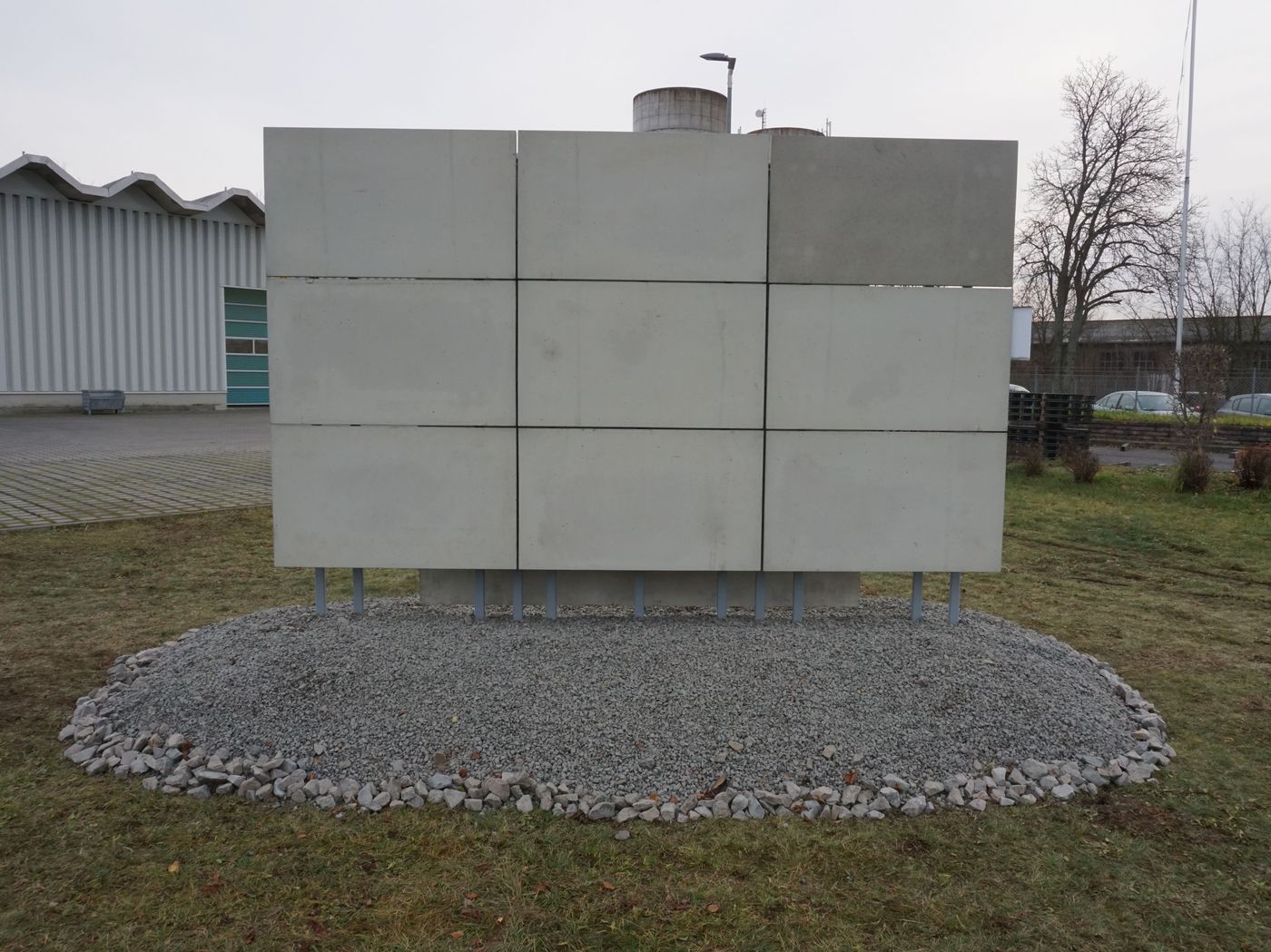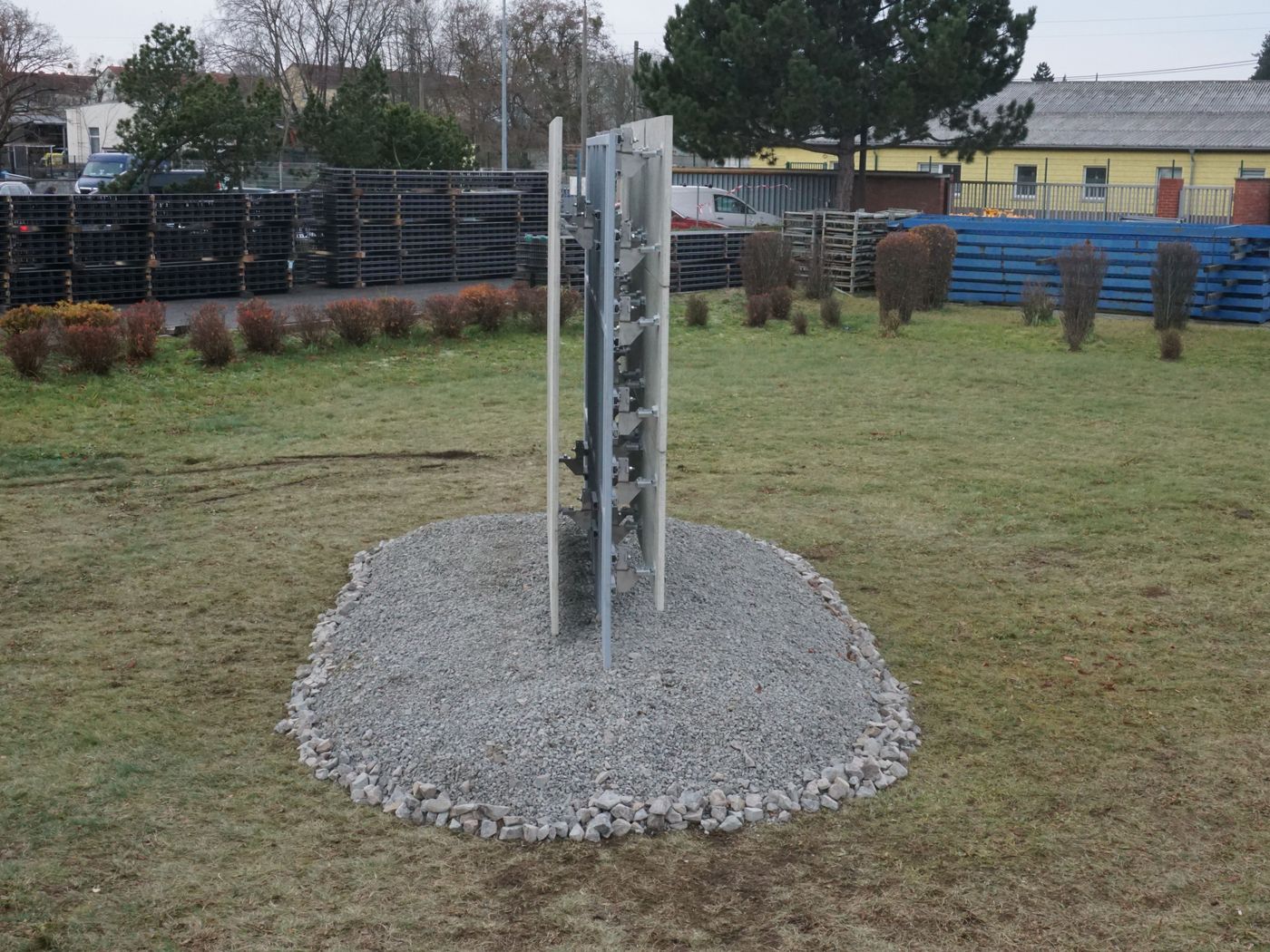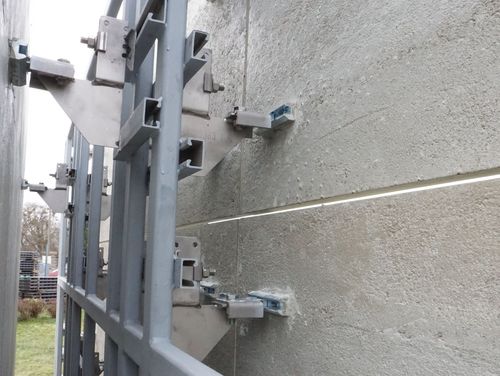Carbon concrete is increasingly becoming the focus of the construction industry as a forward-looking alternative to reinforced concrete. With the help of the innovative composite material, construction can be significantly more sustainable, more resource-efficient and less material-intensive. However, the thin-walled constructions of carbon concrete cannot be fixed with conventional fasteners - a decisive hurdle for the establishment of the new building material.
Memory steel and carbon concrete - the ideal combination
In connection with the smart3 research project TAVIMBA (Thermally Activated Connections in Modular Construction), PohlCon developed the first prototypes of new fasteners based on shape memory alloys (FGL) - the memory steel fasteners - with project partners from TU Dresden, Fraunhofer IWU and CARBOCON GmbH.
These alloys have the property of changing their shape after activation, for example by heating, and then being able to take on their original shape again. This so-called memory effect was utilised in the development of the connecting parts - with the result of a stable, force-fit and linear connection and fastening between the bars and the façade panels made of carbon concrete.
Rehearsals for the future
In recent months, a test facility, the demonstrator, has been built at the PohlCon site in Trebbin, with the help of which the potential of the developed connecting element is being tested in practical use. The facility consists of a steel frame to which façade panels made of carbon concrete, with a size of up to 2.4 x 2.4 m and a thickness of 30 mm, are attached. In the course of the test processes, the superiority of the innovative product compared to conventional fasteners quickly became apparent.
Without the usual use of clamping devices or complex assembly equipment and despite a very low material input, the new connectors are highly efficient. In addition, there is no need for complex mechanical access to the connection. Flexible component assembly is thus easily possible without having to suspend the surrounding panels - a factor that significantly simplifies work processes and ensures greater safety on the construction site.

Success with a team effort
The positive results are also due to the combination of the connectors with two JORDAHL products. The stable load transfer into the masonry is achieved with the help of the JORDAHL® JVAeco+ facing bracket, which in turn is attached to modified JORDAHL® JM W 40/22 mounting rails.
The carbon concrete components are connected to the test façade at only four points, with the help of JORDAHL's memory steel connectors and product solutions. This makes it possible for the first time to securely and reliably fasten thin-walled façade panels - proof that environmentally conscious construction with concrete is not wishful thinking, but a realistic concept. The results of the demonstrator with the novel product development are an impressive example of innovative technology as a signpost to a more sustainable future.
Here you can find more information about the smart3 research project TAVIMBA.

